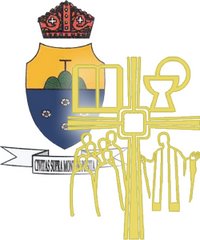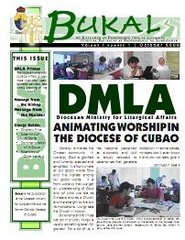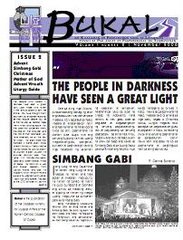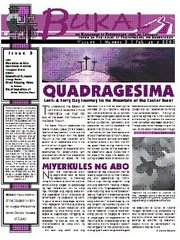Lent is the best time for us to practice the virtue of prayer, fasting and abstinence, and almsgiving. Prayer gives us strength spiritually and physically to fast and abstain and give to the poor. There are two ways by which we can do prayer: in the Liturgy which is the prayer of the Church and through devotions. Liturgy is the public and official worship of the Church while devotions are various external practices such as personal prayers, hymns, observances attached to particular times or places, insignia, medals, habits or customs. Animated by an attitude of faith, such external practices manifest the particular relationship of the faithful with the Divine Persons, or the Blessed Virgin Mary in her privileges of grace and those of her titles which express them, or with the Saints in their configuration with Christ or in their role in the Church’s life” (DPPD#8).
The most popular and oldest devotion in Lent is the “Via Crucis” or Way of the Cross, popularly known as the Stations of the Cross. This devotion came from the
Another starting point for our devotional practices would be to be with the Mother of our Lord as she sees his son’s suffering, death and resurrection. The Via Matris (Way of the Mother) is a devotion to the Blessed Mother, Our Lady of Sorrows, prayed like the station of the cross but with the images of the seven sorrows of our Lady (Mary accepts the prophecy of Simeon, Mary flees to Egypt with Jesus and Joseph, Mary seeks his lost Son Jesus in Jerusalem, Mary meets his Son on the way to Calvary, Mary stand near the Cross, Mary received the dead-body of Jesus and Mary places his son’s body in the tomb awaits for his resurrection). The Via Matris existed in embryonic form since the sixteenth century, while its present form dates from the nineteenth century (DPPD#136).
The Rosary of the Seven Sorrows is most popularly known as the “Seven Dolors.” It originated in the thirteenth century and prayed using the seven dolors rosary made by the Servites (Order of Servants of Mary). The mysteries for reflection are the same with Via Matris.
There are more devotions, popular piety, exercises done by us Filipinos. But we must remember that these should draw us more to participate in the Liturgy. It will help us to make our Lent, our journey towards the Paschal Mystery, more meaningful and more fruitful. Liturgy and devotions are there to make us closer to the Lord and they make us more holy this season of Lent.Dave Ceasar dela Cruz








No comments:
Post a Comment